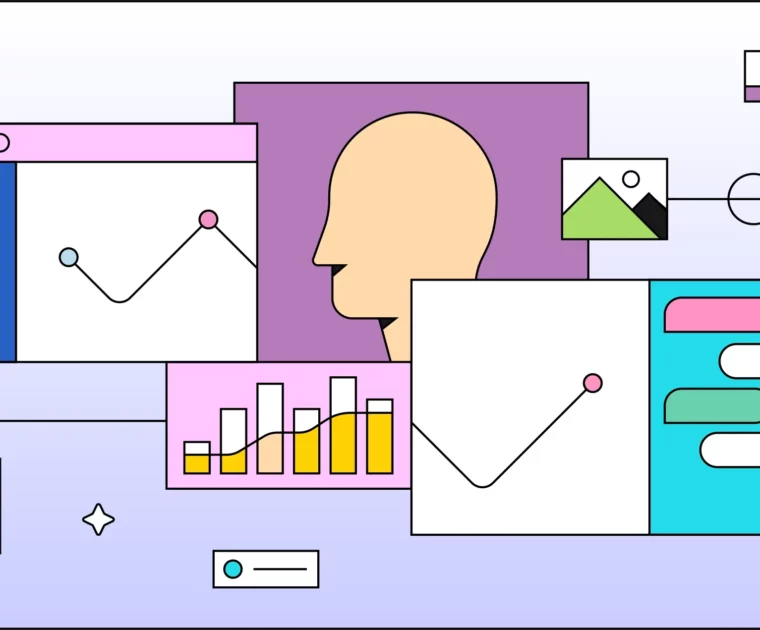Why Earned Media Value Still Matters So Much for Social Media Marketing (despite marketing traditionalists and purists Pretending it doesn’t)
Is there any place in influencer marketing for earned media value? Some of you will say yes. Influencer marketing is built on social proof, which sort of trades in earned media value. Others will say earned media value is the escape hatch that keeps amateur marketers from having to prove ROI for their campaigns.
Social media engagement has witnessed somewhat of a gold rush for the past decade. When influencer marketing first became trendy on Instagram and Pinterest, brands were falling all over themselves to work with influencers whose follower counts and engagement numbers (whether real or fake) seemed good.
Gonna just be honest here: A lot of brands jumped into influencer marketing feet first, with no real strategy for leveraging it to reach specific business goals. They didn’t know which platforms to use, how to set up campaigns, how to choose the right influencers, or even how to measure the outcomes of the campaigns they did run with influencers.
Their thinking was that the traction they’d get with earned media – the eyes that see the campaigns – were as valuable as any traditional marketing ROI. But we all know that’s hooey, right?
Or is it?
My friends, that’s been the ongoing debate for the last ten years – the REAL ROI of earned media value. Because after all, you want to ensure your marketing dollars are well spent. But before you jump aboard the bandwagon to leave EMV behind, maybe just take a closer look.
In this post, I want to review some hard facts behind earned media (like, why you should totally be using it right now), so you can make a clear decision of whether it’s right for your strategy.
Shall we?
What is Earned Media Value?
Excellent question — glad you asked! Even though you may have been tempted to stick the word value in quotation marks. Earned media value is all about social media engagement — the attention and brand recognition you “earn” without having to spend a dime for it (at least, not technically speaking).
If you’re familiar with Public Relations (PR), then you know that back in the day, earned media consisted of getting a branded story in magazines, newspapers, radio shows, and even on talk shows.
The end goal? To get as many eyes and ears on your brand as you could. It was a different route from paid advertising, and it worked wonders because it didn’t have the stigma of being a paid advertisement. Back then, earned media came off much more like endorsements than commercials, much like it does today.
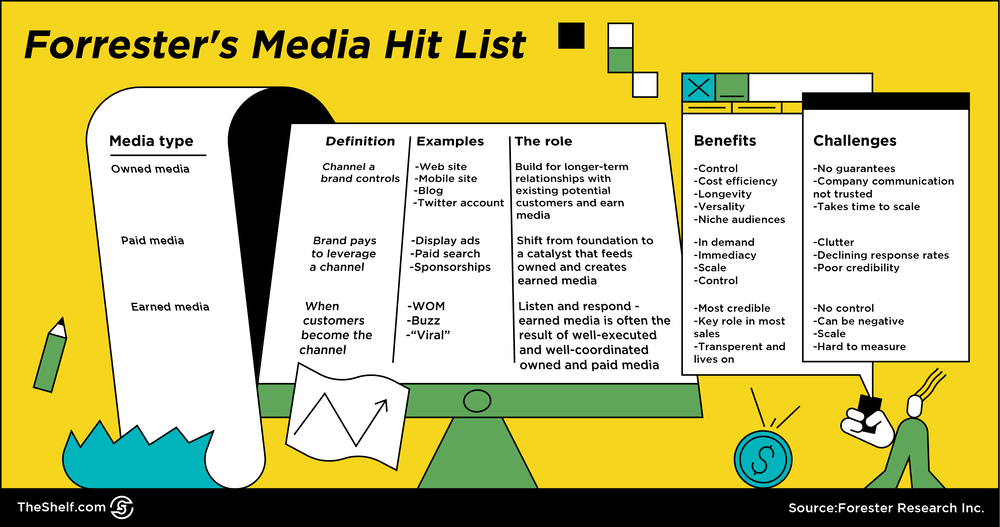
The only difference now is that we have a marvelous blend between earned media and paid media. And it has some PR people pulling their hair out.
Necessary evil.
Isn’t Earned Media Just a Fancy Term for Ads?
Not really. Brands pay for ads in one way or another. But this Starbucks page is just a bunch of people enjoying their drinks. And in case you missed it, me mentioning Starbucks in this post – that’s earned media.
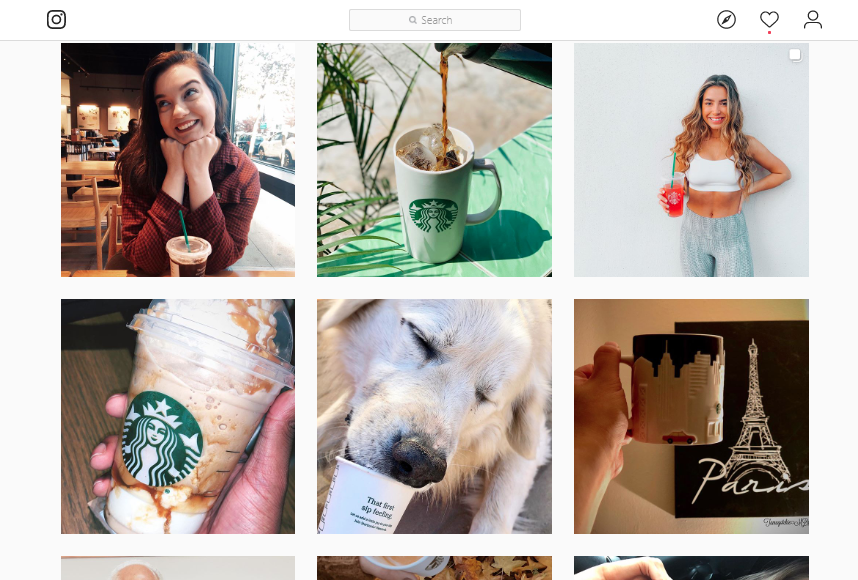
Unlike the joy one may feel scrolling through Instagram posts that tagged @Starbucks, you probably also hate being interrupted by ads… think mid-roll YouTube ads that interrupt a 30-minute video with some rando promo for a movie you’d never pay money to see.
That inner eye roll you do whenever that happens is the main reason native advertising and social media engagement are so popular right now. If we take just one corner of the market (millennials), we’ll find that 84 percent of them don’t even trust traditional ads.
And yet, they’re receptive to sponsored content (another term for paid or native advertising). In fact, sponsored posts successfully convince one-third of millennials to make a purchase.
In other words, millennials are knowingly consuming ads that are specifically targeted to reach them. And they’re more than willing to act on the ads they see. That’s AWESOME for marketers!
Younger buyers actively look to influencers (i.e., peers and non-celeb content creators) for recommendations. Sixty-three percent of Gen Z look for recommendations from their peers, and they’re 1.3x more likely to buy something that was recommended by a “normal” person.
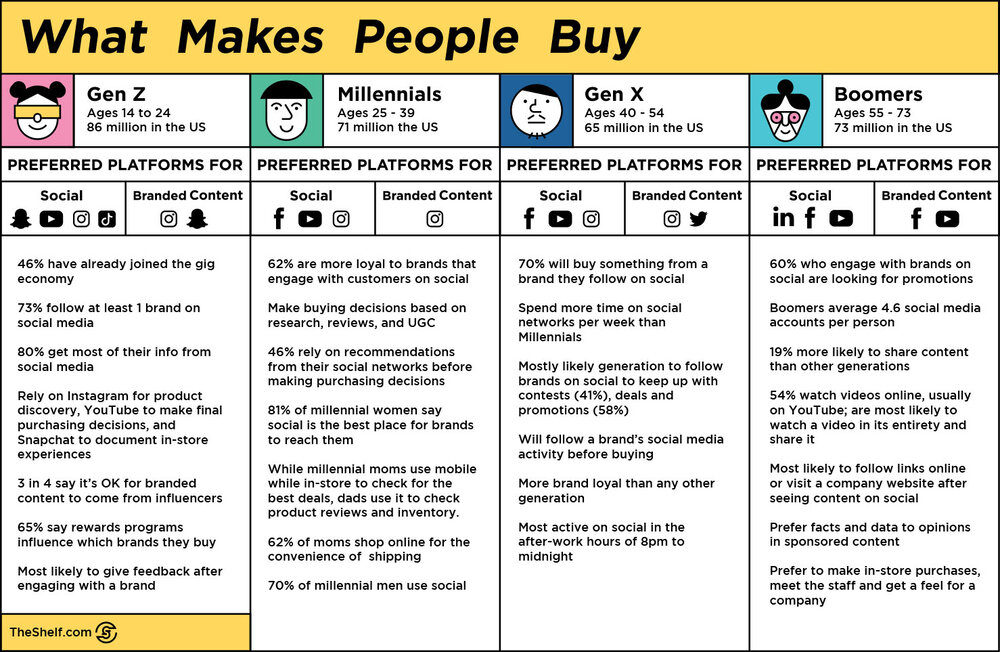
And this is what’s changed the game. Rather than looking at reach from TV, radio, and print audiences, we’re looking at things like:
- Likes
- Comments
- Views
- Shares
- Recommendations
- Word-of-mouth
- Conversations and brand mentions
And these metrics are all generated through earned media like social media engagement. For influencer campaigns, social engagement is usually considered the single most important metric because it serves as proof that a campaign is being seen by the audience.
Quick note: When you post about your brand, the content you post is owned media. When someone else talks about your brand, it’s earned media.
For example, you publish a post on your Instagram account, and it goes viral (with the help of your followers or brand advocates). That’s owned content getting earned media in the form of social media engagement.
On the other hand, a follower of yours may mention your brand after purchasing a product. This is earned media.
However, if an influencer (you pay) posts branded content for their audience to engage with and share, then the lines get a bit blurred.
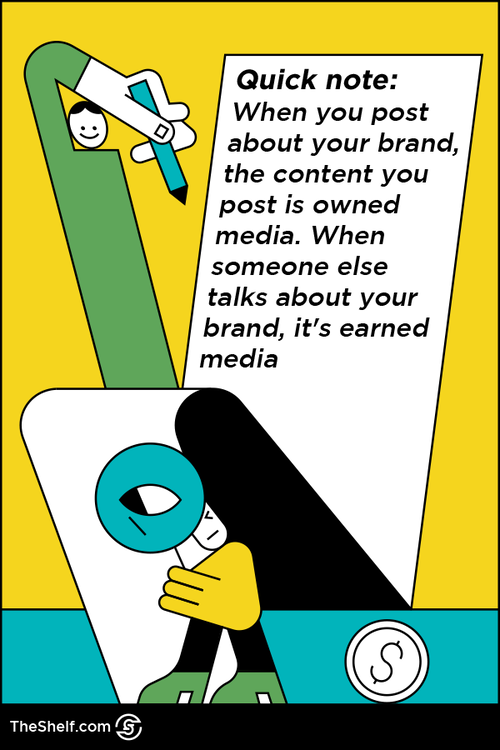
How can it be earned, if you’re paying an influencer for it? Well, it’s not. But the momentum your brand picks up as a result of an influencer campaign… that’s earned media. Influencer marketing, when properly executed, SHOULD generate earned media.
For instance, you can create hyper-targeted campaigns that were virtually impossible to do with television, magazines, and radio. You can select micro-influencers that are uber-niche, so you’re reaching the exact people you want to connect with. And for the brands with the right influencer strategies, and the right types of influencer campaigns, they see excellent results.
Take, for example, Airbnb and NYT, and Porsche and The Atlantic.
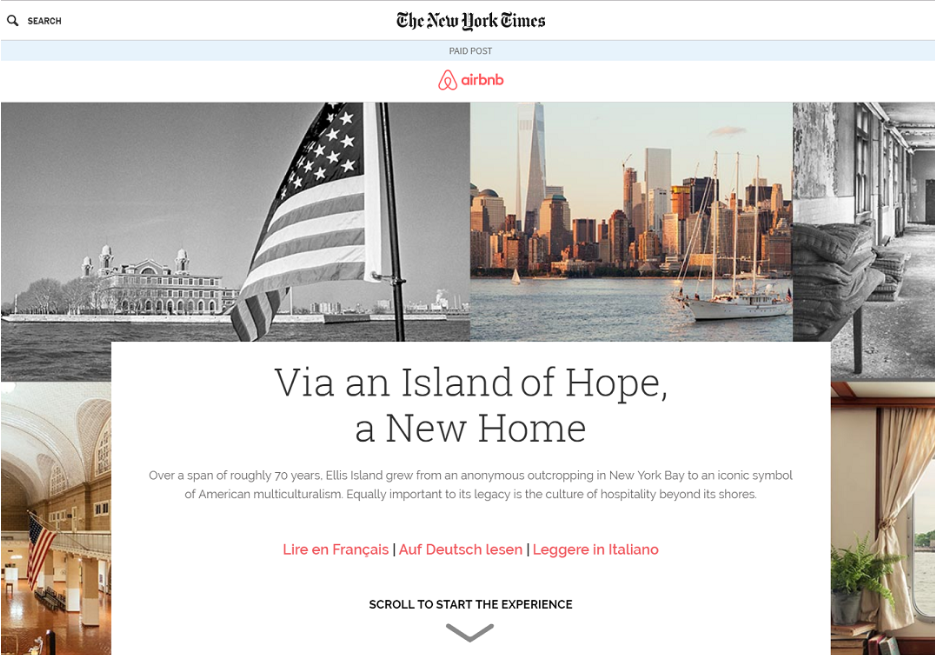
But still and all, we have some marketers claiming that earned media value in the form of influencer marketing, social media engagement, and sponsored blog posts (aka native advertising) are (or should be) dead. But I beg to differ.
Before I dive into the why and how, let’s take a look at the break down of EMV.
How Do You Measure Earned Media Value?
So, what has marketers ready to throw social media engagement and earned media value down the drain? Well, one part is due to the fact there’s no standard formula for measuring earned media value, which makes it that much harder to quantify its value. It’s also why some believe social media metrics are a bunch of hogwash that carry no monetary value for brands.
Understood. So let’s break it down, shall we?
Quick note: There are no benchmarks for earned media value, which can make it tricky. And marketers typically have their own EMV formulas. Nonetheless…
You calculate EMV by looking at key metrics, such as brand reach, brand engagement, and ROI (with the help of attribution, i.e., promo codes).
There are various methods you can use to calculate your earned media. For instance, you can look at:
- Reach and conversion: Reached Users X CPM per vertical X conversion factor (total EMV)
- Non-paid impressions (NPI): NPI X default CPM (cost per 1,000 views)
- Organic and viral impressions: Impressions for past month X average CPM for ads X average customer lifetime value
- A customer touches: Percentage of customer touches / average number of touches X average customer lifetime value (shows revenue from EMV directly)
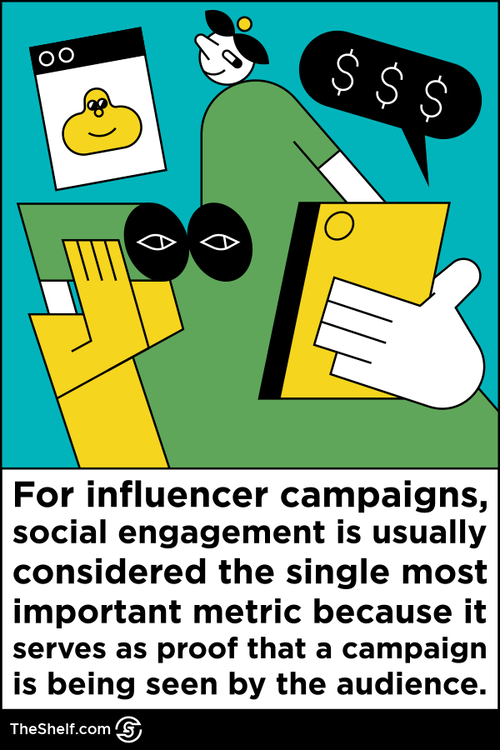
Example: $5 per 1K followers (for advertising) X 150K followers = $750 (Approx. IG advertising cost per post)
But let’s face it — formulas are confusing. Surely, you want to see all of this in action. So let’s take a look at some real-world examples so you can see how quantifiable earned media value is.
Billions Earned for Millions Spent
BIG EMV WINS FOR THE FASHIONISTA BRANDS
We all know how powerful social media is for the fashion and beauty industries. So is it any surprise that brands in this field will benefit the most from earned media value?
Twenty retailers dished out $172 million towards influencer marketing, and their combined ROI was an impressive $ 3 billion in earned media value.
Now, what this means is that the companies were able to save $3 billion in marketing budget that would’ve gone to Instagram ads to drum up the same amount of social media engagement they got with influencer marketing.
Fashion Nova alone saw a $588 million in EMV last year, which was 3x the EMV of Gucci (the second most successful retailer in influencer marketing).
So what was their secret sauce?
They used a combination of micro-influencers and celebrity influencers (no surprise there).
It’s an excellent strategy — use the celebs to spread more visibility and then the little guys to increase their authenticity and generates TONS of UGC. (Seriously, Fashion Nova’s entire website now looks like it’s ALL Instagram UGC.)
Let’s take a closer look at Fashion Nova’s strategy.
They used 1,072 influencers in 2018, and it generated nearly 2 million likes. Here’s a quick look at the output based on follower size:
- 1M+: 6.5%
- 500K to 1M: 32.3%
- 100K to 500K: 34.7%
- 50K to 100K: 6.3%
- 15K to 50K: 20.2%
And their campaign is still going strong in 2019.
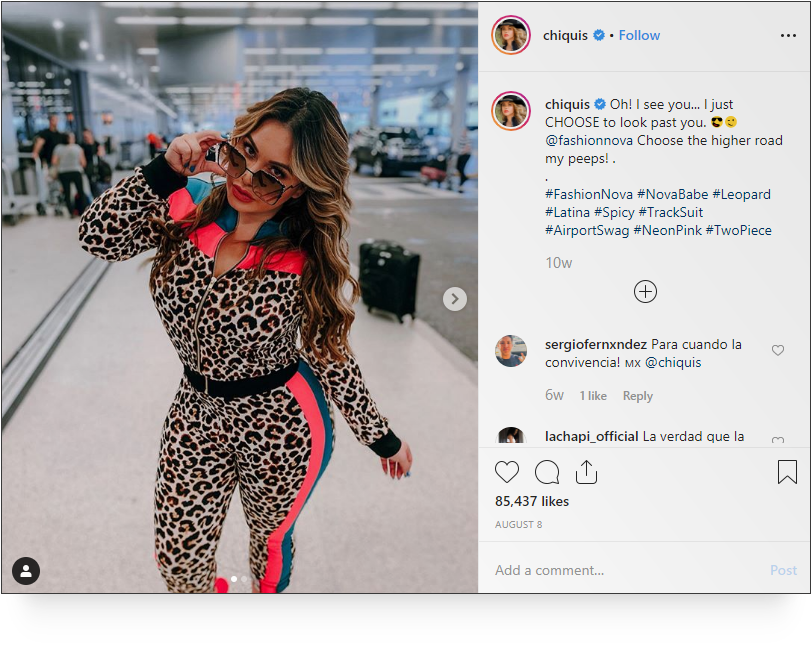
Chiquis Rivera earned the brand $14,222 in EMV via 16 Instagram posts shared with her 2 million followers.
Now, what does all of this translate to in moolah terms? Well, based on NeoReach’s research done in 2018, every $1 spent on influencer marketing yields up to $18 in earned media value… and even mediocre campaigns are getting $5.20 in EMV per $1 spent on influencer marketing.
AIRLINE STARTUP GOES VIRAL AND GETS 36 MILLION VIEWS
Have you ever heard of WestJet? If you’re not Canadian, then you likely haven’t.
Unless, of course, you witnessed the airlines video that went viral back in 2013. The campaign pulled off a whopping 36 million views (today, it’s nearly 50 million).
This is significant because the company was brand new at the time and was able to build awareness by the tens of millions without spending an arm and a leg. These views are earned media value, which can potentially turn into more sales.
Just imagine how many Canada-bound travelers are looking them up for ticket prices!
MOST RECENTLY, VANS YIELDS AN ROI OF $13M EMV USING SPONSORSHIP
What can I say — fashion and social media engagement go hand-in-hand. We have yet another fashion brand, Vans, making headlines with tens of millions in EMV ROI.
This time, they had the help of athletes, fans, and even the media.
So what was their strategy?
Well, they created a Park Series and wanted to determine the digital ROI of the events. The goal was to broaden their reach far beyond the local experience.
So they decided to track owned accounts, as well as the accounts of athletes, media outlets, and fans. The result was $13M in earned media value.
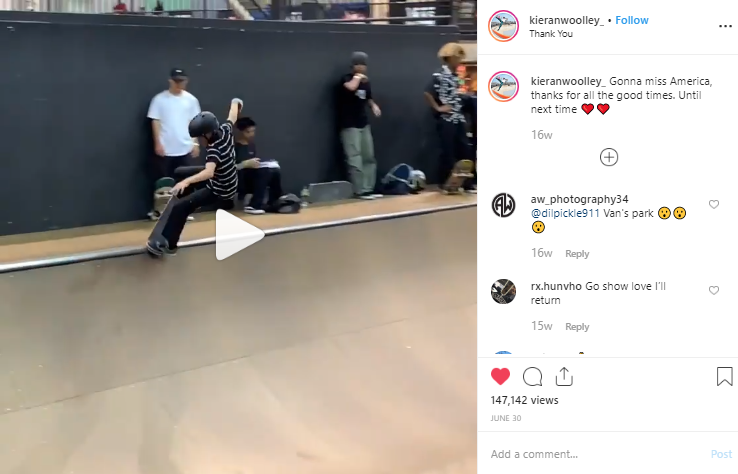
But that’s not all. They also saw tangible outcomes — 90 percent growth in their social following. Plus, they were able to find their most engaging pieces of content (you know, to duplicate their success).
This gave them the confidence to continue investing in engaging digital methods.
Smart choice.
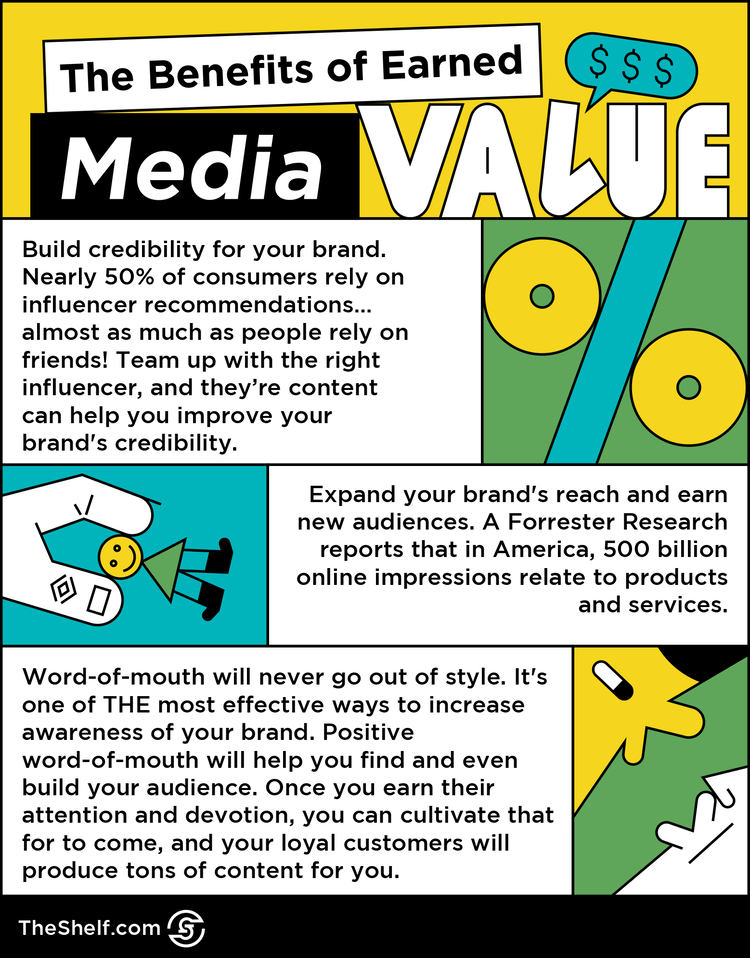
Courtesy of: The Shelf
COPY AND PASTE THIS 👇 CODE TO EMBED THIS ☝️GRAPHIC.



